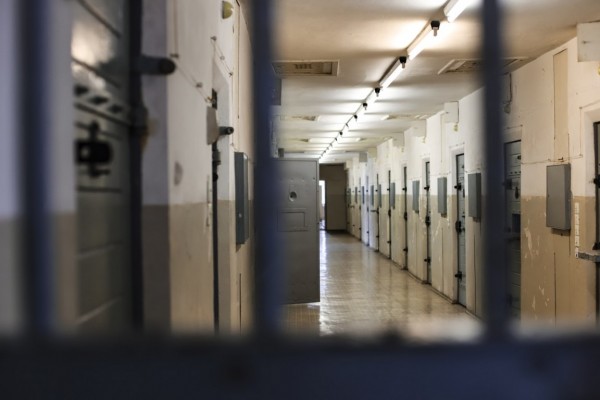A Tent Without Poles
In Winnipeg, a city divided along race and class lines like so many others, the two solitudes of white and Aboriginal were recently forced to confront one another after a police officer shot and killed an Aboriginal teenager named Matthew Dumas. The 18-year-old robbery suspect was waving a screwdriver at three heavily armed police officers. By some accounts, he had already been pepper-sprayed. The incident re-ignited simmering tensions among the Aboriginal community. Native leaders accused the police force of racism, demanded a role in the investigation and called for more progress on a separate justice system for their people. Unfortunately, those charged with administering the “system,” including the Mayor of Winnipeg, dismissed the complaints, especially after learning that the officer who fired the gun was also Aboriginal. This simplistic caveat, however, ignores the the complicated reality of Native/police relations in this city and, indeed, in the country as a whole.
Aboriginal people (especially young males) are an easily identifiable, targetable group. They are routinely harassed, detained, abused … and sometimes worse. The names Frank Paul, Neil Stonechild, Dudley George and J.J. Harper mean almost nothing to most Canadians. But to Aboriginal people in B.C., Saskatchewan, Ontario and Manitoba, if not the rest of the country, they are all well known victims of police abuse. It is also well known among Aboriginal people that, although they represent less than five per cent of Canada’s population, they inhabit over 15 per cent of its jails, and are 25 times more likely to be incarcerated as other citizens.
“When is the last time a non-Aboriginal male was found frozen to death on the outskirts of a major Canadian city shortly after being seen in the custody of police officers, as Mr. Stonechild was? Or that a drunken non-Aboriginal was dragged from a police station and dumped in a back alley, only to be found dead of hypothermia the next day, as Mr. Paul was?” These questions were recently put to readers of the Winnipeg Free Press by Len Kruzenga, editor of the Winnipeg-based Aboriginal newspaper, The Drum, himself a former police officer.
What must it feel like to know you’re a target? The telltale “creeping squad car,” the catch-all of the drunk tank and the spectacularly abhorrent “midnight ride” are all well known to a generation of Aboriginal people. Activists in Vancouver’s Eastside are still asking where police were when sex-trade workers (mostly Aboriginal) were disappearing from the streets in disturbing numbers.
A few days after the killing of Matthew Dumas, Chief Terry Nelson of Manitoba’s Roseau River First Nation suggested that Aboriginal people should be fighting harder for a separate justice system. But what about the rest of us? What is our responsibility when it comes to fighting for equality and respect for Aboriginal Canadians? In incidents like this, why is it that often Native people are the only ones speaking out? What does this say about our compassionate and “just” society?
Too many people still see Aboriginal people as the types who live in “that part of town” and tangle with the law. They would rather not see the cycles of poverty, abuse and racism that lead to stories like that of Matthew Dumas. But there is a growing rage in Aboriginal Canada. And it is a rage manifested in a young, embittered and growing population of Native men and women who have no trust for a justice system that has brutalized and incarcerated far too many of them. One need only remember the stark and disturbing images from the armed standoff at Oka to understand the level of distrust and anger felt by many Aboriginal people.
Police abuse must be stopped. Platitudes and empty promises by elected leaders and police spokespeople are not enough. We need to ensure that those who police the laws do so in a manner that respects the rights, freedoms and dignity of every person. And specifically, we need to continue our struggles for Aboriginal rights, for without that the dream of a free, open and democratic society is a tent without poles.
This article appeared in the March/April 2005 issue of Canadian Dimension .










